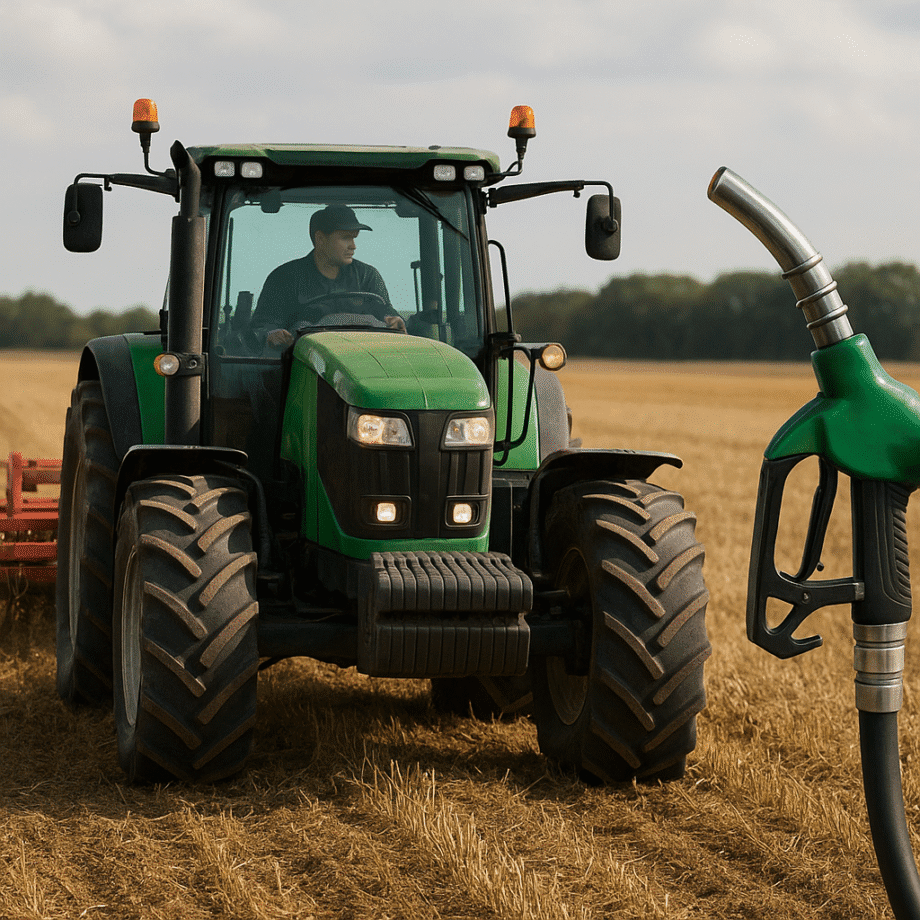Fuel costs represent a significant portion of the operating expenses for modern farms. By adopting targeted strategies to reduce fuel consumption in agricultural machinery, farmers can enhance profitability, minimize environmental impact, and ensure long-term sustainability of their operations. This article explores key aspects of fuel efficiency, practical maintenance tips, and emerging technologies that contribute to more economical and eco-friendly farming practices.
Importance of Fuel Efficiency in Agricultural Machinery
Optimizing fuel use is not only a matter of cutting costs but also of meeting rising regulatory standards and consumer demands for sustainable production. Machinery that operates at peak efficiency consumes less diesel or gasoline, resulting in lower greenhouse gas emissions and reduced dependence on fossil resources. In addition, well-tuned equipment delivers improved performance, translating into higher yields and more consistent field operations.
Fuel savings can be realized immediately through careful attention to equipment setup and operator behavior. Neglecting routine checks or ignoring signs of mechanical wear can lead to wasted energy, such as unnecessary idling or excessive engine load. By contrast, a focus on precision in all aspects—from tire pressure to implement alignment—can yield measurable benefits round after round.
Moreover, efficient fuel consumption contributes to overall farm resilience. With unpredictable fuel price fluctuations, farms that prioritize conservation and innovation are better positioned to cope with market volatility. This approach aligns with long-term goals of resource stewardship, ensuring that future generations inherit a thriving agricultural landscape.
Best Practices to Optimize Fuel Consumption
Regular Maintenance
Routine servicing is the cornerstone of fuel-efficient operation. Follow the manufacturer’s recommended service intervals and use high-quality lubricants and filters to keep engines running smoothly. Key maintenance activities include:
- Engine oil and filter changes to reduce friction losses and maintain optimal lubrication.
- Fuel system cleaning and injector diagnostics to ensure complete combustion and avoid unburned fuel.
- Air filter replacements to preserve proper airflow and prevent power loss from restricted intake.
- Cooling system inspections to avoid overheating, which can impair engine performance and increase fuel draw.
Neglecting any of these steps can cause equipment to operate under strain, consuming more fuel for the same output. A comprehensive maintenance log helps track completed services and identify recurring issues.
Operator Techniques and Training
Skilled operators are essential for translating mechanical efficiency into actual fuel savings. Encourage drivers to adopt techniques such as:
- Downshifting appropriately to match speed with load and terrain, rather than maintaining high rpm in lower gears.
- Minimizing idle time by switching off engines during prolonged stops or breaks.
- Using cruise control or consistent throttle settings where available, avoiding sudden acceleration or deceleration.
- Planning efficient field routes to reduce overlapping passes and avoid unnecessary turns.
Investing in hands-on training sessions and telematics-based feedback can reinforce these practices. Telematics systems track fuel consumption data in real time, providing actionable insights to operators on their driving habits.
Implement Calibration and Equipment Matching
Proper calibration of implements, such as planters, sprayers, and spreaders, ensures that machinery applies seeds, fertilizers, and chemicals precisely where needed. Overapplication or underapplication not only wastes consumables but also increases the energy required to drive heavier loads. Key steps include:
- Calibrating seeding rates to match field conditions, reducing the need for rework or additional passes.
- Adjusting spray nozzles and boom heights to optimize chemical coverage and avoid drift.
- Selecting the right implement size and configuration for each task to ensure machines operate within their most efficient power band.
Well-matched equipment reduces engine strain, contributes to consistent field quality, and lowers overall fuel demand.
Innovative Technologies and Future Trends
Emerging advancements in agricultural machinery are set to further drive down fuel consumption and environmental footprints. Farmers can leverage innovations such as:
- Telematics and GPS-guided auto-steer systems to minimize overlap and optimize field coverage with centimeter-level accuracy.
- Variable rate technology (VRT) that adjusts input application rates dynamically based on real-time soil and crop data, reducing unnecessary resource use.
- Electric and hybrid drivetrain options that combine battery power with traditional engines, yielding significant reductions in diesel use.
- Alternative biofuels and renewable fuel blends compatible with existing equipment, offering lower carbon intensity fuels without major retrofits.
Advances in sensor networks and remote monitoring enable predictive maintenance by detecting wear patterns before they escalate into costly breakdowns. By integrating Internet of Things (IoT) devices across fleets, operators can receive alerts on component health, fluid levels, and fuel efficiency metrics, allowing timely interventions.
Looking forward, research into fully autonomous machinery promises to fine-tune operations to perfection, with algorithms that optimize speed, engine load, and tool engagement in real time. These developments, combined with improved battery energy densities and expanded charging infrastructure, may revolutionize the way farms handle heavy-duty tasks.
In summary, achieving lower fuel consumption in agricultural machinery hinges on a holistic approach that blends diligent maintenance, operator skill, equipment calibration, and cutting-edge technologies. By embracing these strategies, farms can drive up productivity, drive down costs, and pave the way for a greener, more resilient future.
